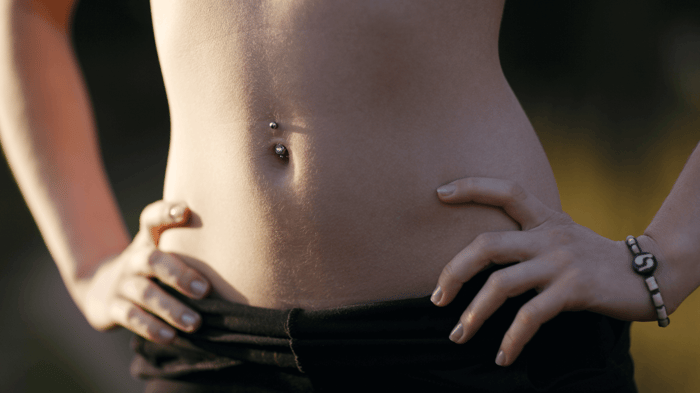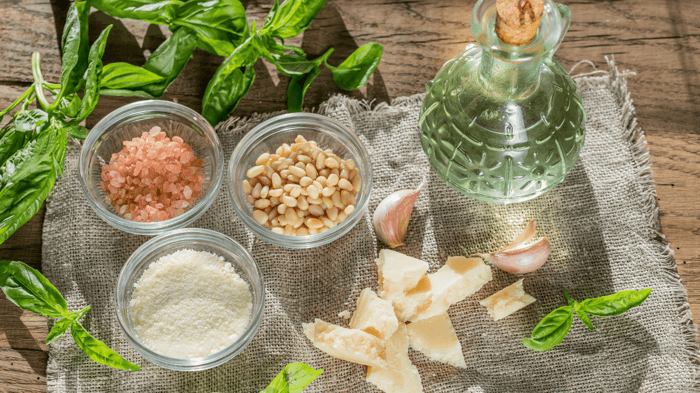Table of Contents
The balance of bacteria in the body does more than support digestion—it also plays a powerful role in reproductive and intimate wellness. Research shows that the gut and vaginal microbiomes are in constant communication, influencing immunity, hormone levels, and even the risk of infection.
A healthy gut supports a balanced vaginal environment, while gut imbalances may increase the risk of issues like bacterial vaginosis, yeast infections, or irritation.
Both the gut and vagina rely on beneficial microbes, especially Lactobacillus, which help maintain acidity and protect against harmful bacteria. When gut bacteria shift out of balance, inflammation and hormone disruption can follow, influencing vaginal health in unexpected ways. That’s why stress, diet, and lifestyle often show up not just in digestion but also in intimate comfort.
How the Gut and Vaginal Microbiomes Interact
The gut and vaginal microbiomes may seem separate, but in reality, they are deeply connected. Signals, metabolites, and even microbes themselves move between systems, shaping the body’s defenses and influencing reproductive outcomes.
The Gut-Vagina Axis Explained
The gut-vagina axis describes the biological link between gut bacteria and vaginal bacteria. Gut microbes regulate estrogen levels, which directly affect vaginal pH and the survival of protective Lactobacillus. This is particularly important in reproductive-age women, where monthly hormonal changes alter both gut and vaginal environments.
Imbalances in the gut—called dysbiosis—can destabilize the vaginal microbiome. When harmful strains dominate the gut, they can contribute to bacterial vaginosis, yeast overgrowth, or even chronic inflammation in the reproductive tract.
Microbial Sharing and Migration
Microbes can move between the gut and vagina. For instance, Prevotella or Gardnerella—gut-associated anaerobes—often show up in vaginal samples. Sometimes these are protective, but in other cases, they increase infection risks.
Research highlights that the gut can serve as a reservoir for bacteria that later colonize the vagina. When the gut is healthy, this cross-talk supports vaginal balance. When it isn’t, it can trigger irritation or infection.
Proximity and Cross-Contamination
The anatomical closeness of anus and vagina means cross-contamination is a real concern. Poor hygiene or certain sexual practices can transfer gut microbes like E. coli into the vaginal tract, leading to urinary or vaginal infections.
Even something as simple as wiping direction matters. It’s a reminder of how lifestyle and hygiene habits influence both gut and vaginal ecosystems.
Strategies to Support Gut and Vaginal Health
The good news? You can support both systems with intentional choices.
Probiotics and Next-Gen Therapies
Probiotics, especially Lactobacillus crispatus and L. rhamnosus, support both gut and vaginal balance. Oral probiotics can colonize the intestine and indirectly influence the vagina.
Researchers are exploring vaginal microbiota transplants for recurrent BV, showing how central microbial balance is for reproductive health.
Diet, Lifestyle, and Stress
What you eat literally feeds your microbiome. Fiber, whole foods, and fermented products like yogurt or kimchi nourish good bacteria. High sugar and processed foods encourage harmful strains.
Stress weakens immunity and alters hormones. Sleep, mindfulness, and balanced exercise help preserve microbial balance across both systems.
After Antibiotics
Antibiotics save lives but often wipe out good bacteria. Restoring balance afterward with probiotics, prebiotics, and supportive supplements is critical to prevent yeast overgrowth or BV.
Hormones and Life Stages
Puberty, pregnancy, and menopause all reshape the gut-vagina axis through estrogen changes. Supporting microbial stability during these stages—via diet, probiotics, and hormone-friendly care—helps protect intimate wellness long-term.
The Flower Power® Perspective
The gut-vagina connection shows that intimate health is never isolated—it’s tied to digestion, stress, hormones, and lifestyle. Caring for one system means supporting the other.
At Flower Power®, we believe women deserve solutions that work with their bodies, not against them. That’s why we created She Juicy, a hormone-free supplement powered by Slippery Elm Bark—a plant-based ingredient that nourishes vaginal tissues, restores natural lubrication, and supports long-term comfort.
Because balance doesn’t start with a single product—it starts with honoring the whole body. But when your gut and vagina are in sync, that balance feels a lot juicier. Discover She Juicy and support your body from the inside out.
FAQs
How can poor gut health cause yeast infections?
When gut flora weakens, yeast like Candida can overgrow and spread, increasing vaginal infection risks.
What is leaky gut’s link to BV?
Leaky gut drives systemic inflammation, lowering defenses and making vaginal imbalance more likely.
Which probiotics help vaginal health most?
L. crispatus and L. rhamnosus are most studied for maintaining low vaginal pH and reducing infection risk.
Can digestive issues be linked to vaginal discomfort?
Indirectly, yes. Gut imbalances can influence vaginal microbiota, causing overlapping symptoms like bloating and recurrent irritation.
How does gut health affect hormones?
Gut microbes recycle estrogen. When disrupted, estrogen levels fluctuate, impacting menstrual cycles, vaginal lubrication, and pH.










